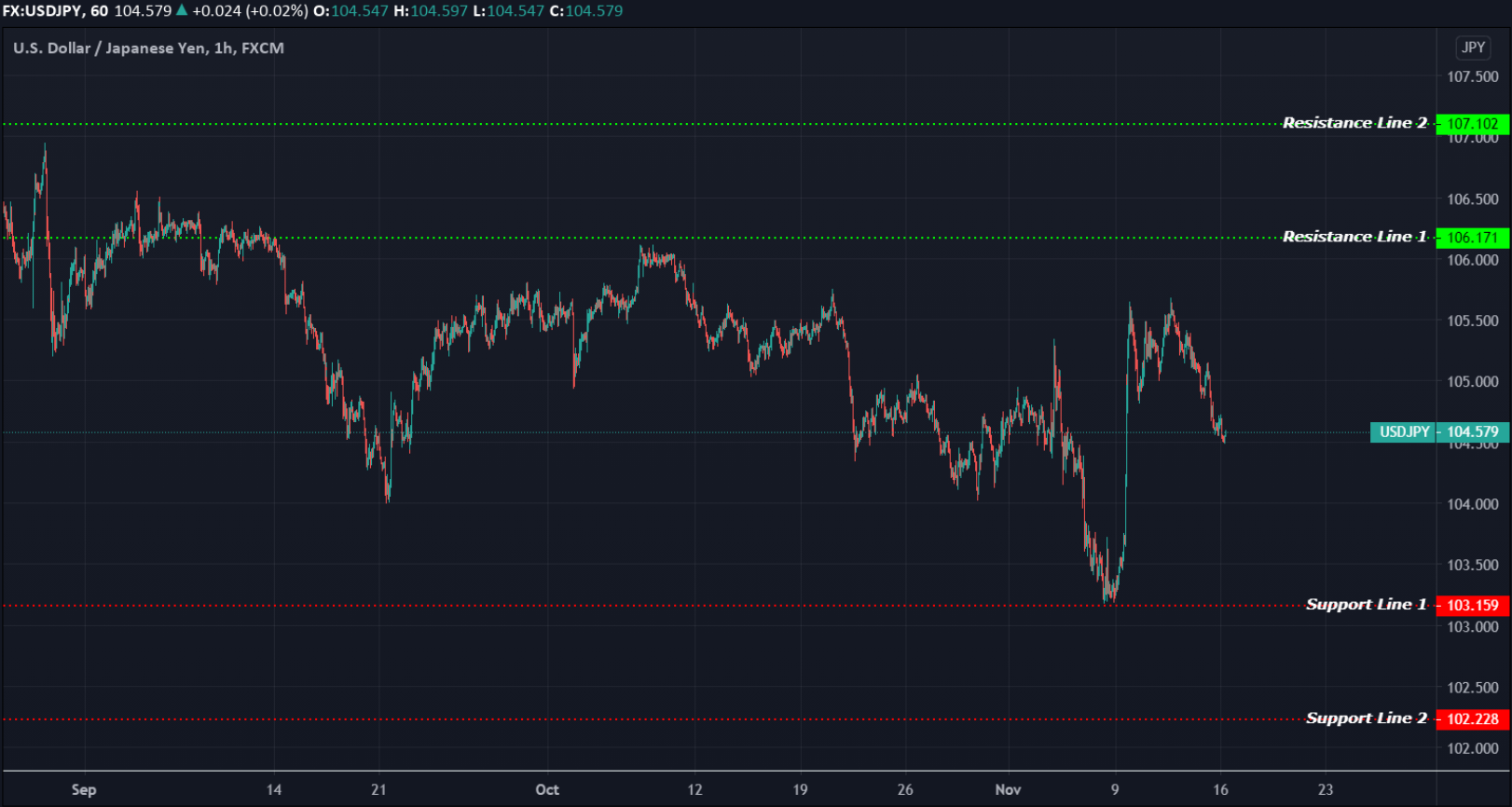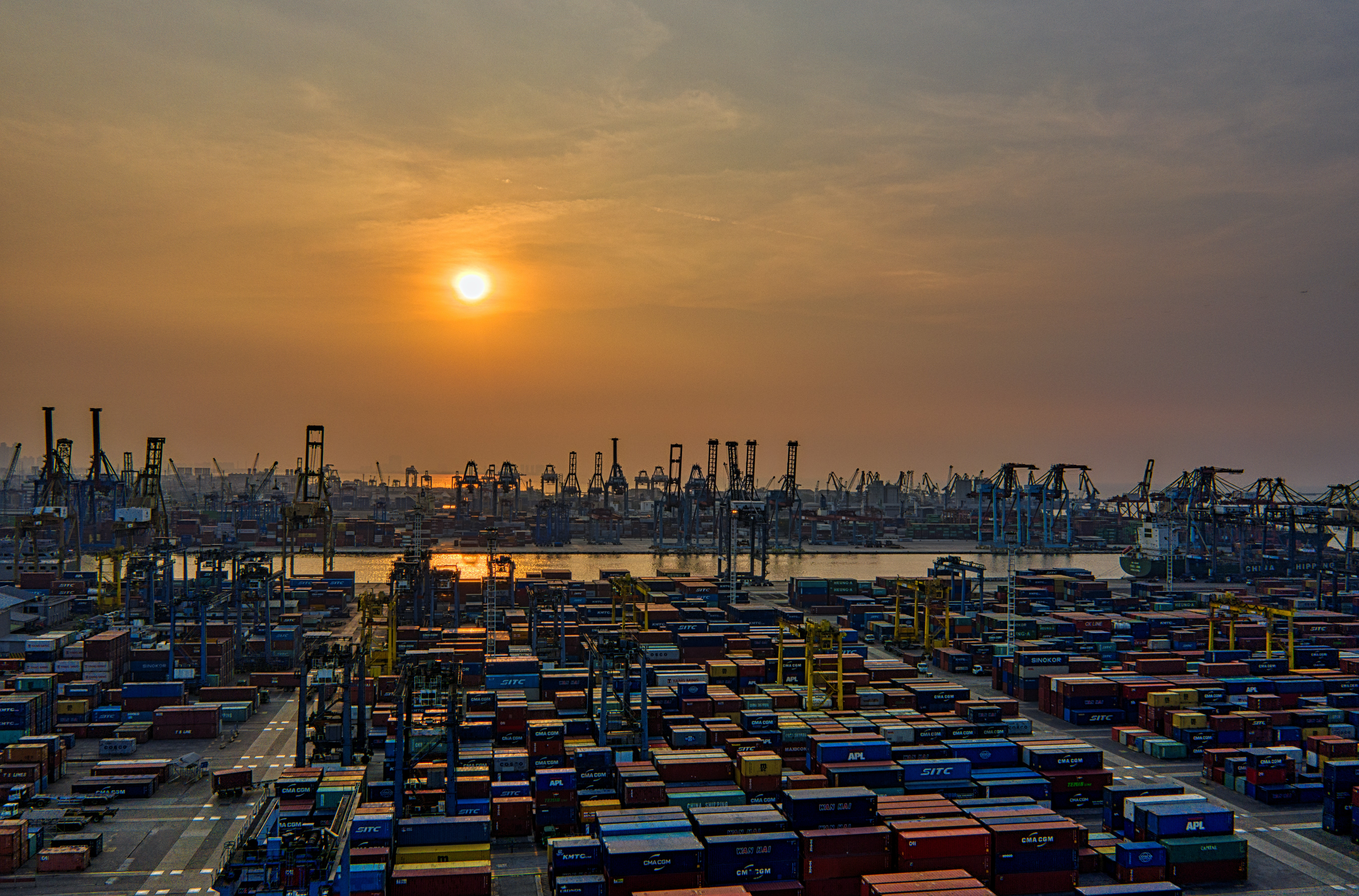EQUITIES
Asia-Pacific markets were higher on Monday trade. Japan’s Nikkei 225 led gains among the region’s major markets as it advanced 2.03%. Over in South Korea, the KOSPI gained 1.94%. Singapore’s Straits Times index rose 1.35%, mainland Chinese stock, the Shanghai composite advanced 0.98%, and Hong Kong’s Hang Seng index 0.98% higher.
Australia's stock exchange to not reopen on Monday after data issue.
Markets in India were closed for a public holiday.
Last Friday on Wall Street, the S&P 500 posted a record closing high and notched a 1-week gain of 2.2%. The Dow rallied more than 4% last week and briefly hit an intraday record. The Nasdaq Composite sliding 0.6%.
OIL
After dropping more than 2% on Friday, oil prices edged higher in the morning of Asia trading hours on hopes of OPEC+ supply curb. Brent crude futures traded to $43.29 a barrel, while U.S. crude at $40.70
On Friday, Brent closed at $42.78 per barrel, while WTI futures ended at $40.13 per barrel.
CURRENCIES
Against a basket of currencies, the greenback was roughly near where it ended last week, fetching 92.59.
Following the formation of the world's largest free trade bloc, currencies of trade-dependent economies such as the Taiwanese dollar and South Korean won gained around 1% each, with Indonesia's rupiah, the region's carry-trade favourite, up 0.4%. The baht edged 0.1% higher.
The kiwi rose 0.5% to $0.6883 while the Australian dollar lagged a tad ahead of a week of central bank speeches and significant data, beginning with RBA Governor Philip Lowe at 0840 GMT.
GOLD
Gold prices touched a 1-week high on Monday propped up by a weaker dollar and mounting U.S. coronavirus cases. Spot gold currently trading at $1,892.50 per ounce, while stands around $1,892.10 per ounce for gold futures. Previously closed at $1,889.20 and $1,882.60, respectively.
Silver trading at $24.93, platinum trading at $893.00 and palladium trading at $2,223.00.
ECONOMIC OUTLOOK
Asia markets bounced on Monday morning as 15 countries in the region signed a deal that formed the world’s largest trade alliance. The Regional Comprehensive Economic Partnership (RCEP) is now the world’s largest trade bloc, a move which aims to gradually reduce tariffs across many areas. The RCEP would account for 30% of the global economy, 30% of the global population and reach 2.2 billion consumers.
China’s factory output rose faster than expected in October jumping 6.9%. Retail sales recover, climbing 4.3% year-on-year, but missing forecasts of a 4.9% growth.
Japan’s GDP grew an annualized 21.4% in the Q3.
Thailand 3Q GDP down 6.4% YoY.
To date, number of confirmed worldwide cases for COVID-19 pandemic has surpassed 54.37 million affecting 213 countries and territories around the world and 2 international conveyances, recording more than 1.317 million fatality globally.
TECHNICAL OUTLOOK
[USDJPY]
Important Levels to Watch for Today:
- Resistance line of 106.171 and 107.102.
- Support line of 103.159 and 102.228.
Commentary/ Reason:
- The yen sat at 104.58 per dollar, having posted its worst weekly performance since early June on Friday last week.
- Yen steadying on Monday against the dollar after a RCEP trade deal signed on Sunday.
- Currency moves which were prompted by positive vaccine news have taken a pause. With no additional, positive news on the vaccine, U.S. interest rates and stocks went into correction mode at the end of the week, and dollar/yen fell.
- Global markets surged last week after on vaccine optimism, with the dollar rising as traders quit their long-yen positions. But the currency market had turned risk averse towards the end of the week as global infections spread.















